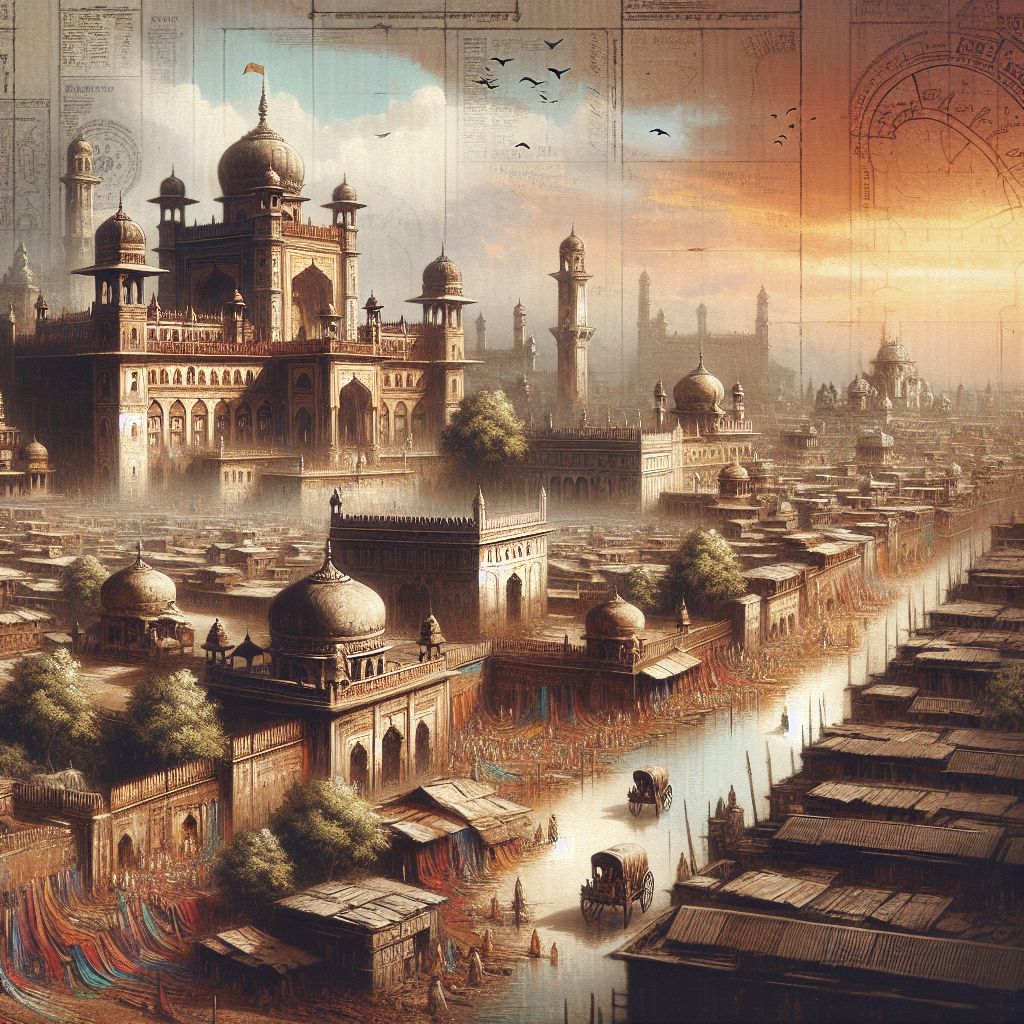Picture this: You've stepped off a time machine, and now you're wandering through a tapestry woven with threads of history, culture, and industrial zest. Welcome to Ranipet, a spirited district in the Indian state of Tamil Nadu, renowned for its leather industry, yet offering so much more. Established in 2019, Ranipet has swiftly made its mark with its diverse fabric of people, entrepreneurs, and artisans, all working symbiotically amidst the vibrant backdrop of South India.
Ranipet is nestled comfortably in northern Tamil Nadu, hugging the rustic charm of the Eastern Ghats' foot. As you soak in the rich history, you might catch whispers of stories from the colonial past. Once a focal point during the British rule, Ranipet continues to hold its role as an industrial powerhouse; a land where tradition and progress walk hand in hand. But industrialization is only part of the story.
Yes, there's no denying that Ranipet's global leather trade punches well above its weight. The district's tanneries contribute significantly to both India’s export economy and global leather markets. But look beyond the numbers, and you'll find a district that's much more than just its leather. Its residents, deeply rooted in tradition, are as future-forward as they are proud of their vibrant culture, blending old with new in every aspect of their daily lives.
Take a stroll through the local markets, and you're hit with the aroma of freshly ground spices mingling with the scent of jasmine garlands. It's in these bustling markets that the true spirit of Ranipet is laid bare — a community bound by tradition yet unabashedly part of the contemporary world. Old meets new not just in the economic prowess of the region but in its food, its arts, and its social constructs.
Now, let's touch on the pulse of Ranipet’s economy — its industries. While the tannery sector stands tall, other industries also thrive here, including the manufacturing of automobiles and precision equipment. The district's strategic location provides easy transport and resource access, making it a magnet for investment. However, there are two sides to every coin. The district also faces environmental challenges. Tannery wastes pose significant threats to local ecosystems, sparking ongoing discourse between environmental groups and industry advocates.
Businesses here are, however, increasingly aware of their environmental responsibilities. Efforts towards sustainable practices are in motion, seeking to balance profit and environmental stewardship. Here, change, though slow, is palpable with local entrepreneurs keen on greening their operations. This evolution is something that outsiders should encourage and support, considering the balance it brings to ecological concerns.
But there's more to Ranipet than its leather and industries. The cultural scene offers a kaleidoscope of experiences. Temples whispering tales from centuries ago, festivals awash with colors and dances, and music that stirs the soul, paint a picture of a community where heritage colors the modern-day hues. Ranipet may embrace industrial growth, but its heart still beats in time with age-old rhythms.
Now, not everyone sees the picture of thriving progress. Some argue that industrial benefits tend to overshadow local concerns. The conversation here diverges; while the economic advantages are undeniable, concerns about workers' rights and industrial impacts on daily life are also significant. A handful of voices call for restructuring industries to ensure equitable growth for all segments of society.
Yet, those living in Ranipet often remind us that change is a constant companion. They emphasize the need for dialogue — one that seeks to integrate development harmoniously with the district’s needs and concerns. Here lies the challenge for the future. Can Ranipet serve as a model district for sustainable growth, both economically and socially? Perhaps only time will tell.
For now, if you’re intrigued by the idea of a place where old mingles boldly with new, where buzzing industrial zones are a stone’s throw away from neighborhoods steeped in tradition, then Ranipet is worth a closer look. A hub of vibrancy, it engages, challenges, and ultimately inspires those who visit. It pushes us to ponder how tradition can merge gracefully with the relentless march of progress. Ranipet might be a small district, but it certainly casts a vast and fascinating shadow.

